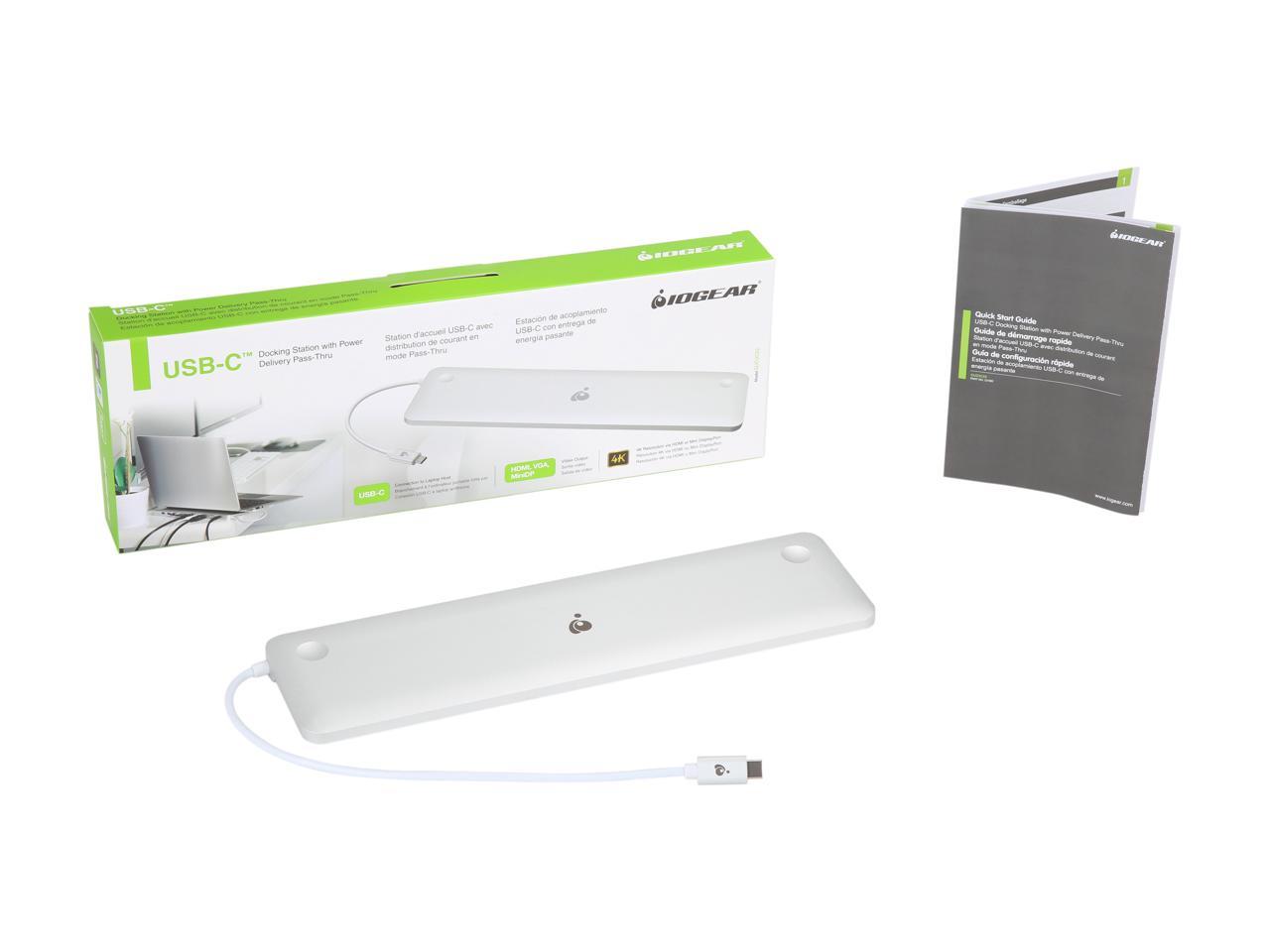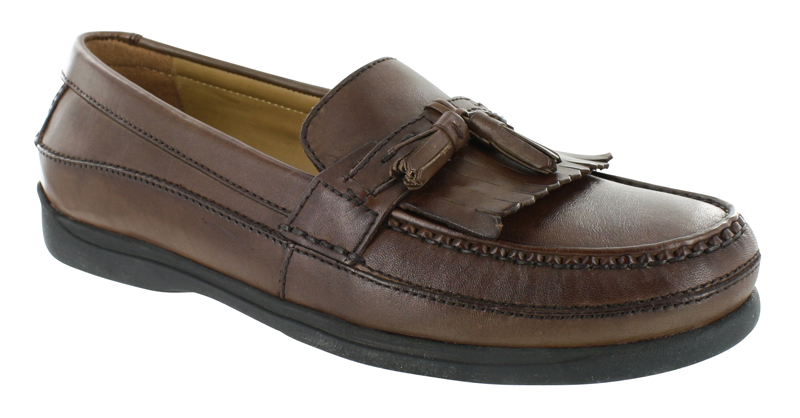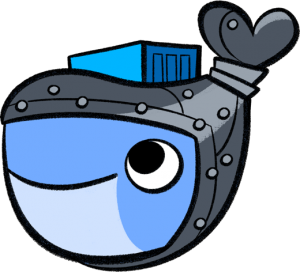Step 2: Customize and Push to Docker Hub
Mac 10.10.5 here. Went to the Docker Toolbox download page and downloaded the Mac binary. Ran it, and made it through to the end of the installer: Opened VirtualBox and confirmed default is running: Back in the installer, I selected 'Docker Quickstart Tutorial' which launched a terminal. A tutorial on how to install Docker for MacLearn more about Docker with these study books and video coursesDocker In. Size:9, 9.5, 10, 10.5, 11, 11.5, 12, 12.5, 13. I will accept returns within 30 days upon you receiving your item as long as the tags are still attached and the item has not been worn. NWOT Dockers Women’s leather sandals. Size: 6.5 Dockers. DOCKERS Dark Brown Leather Shoes Size 9M. Size: 9 Dockers.
The last step used an official Docker image. Next step, create your own custom image. You should have a Docker ID, you probably created it to download Docker Desktop.

In your favorite text editor create a file called Dockerfile in the same directory you used in step 1. No extension, just Dockerfile. Paste in this code and save the file:
This tells Docker to use the same nginx base image, and create a layer that adds in the HTML you created in the last step. Instead of creating a volume that accesses the file directly from the host you are running on, it adds the file to the image. To build the image, in your terminal, type:
Two things, first replace <YourDockerID> with your Docker ID. Also notice the “.” at the end of the line. That tells Docker to build in the context of this directory. So when it looks to COPY the file to /usr/share/nginx/html it will use the file from this directory.
You can run it:
And go to http://localhost:8080 to see the page.
Next login to Docker Hub. You can do this directly from Docker Desktop. Or you can do it from the command line by typing.
Finally push your image to Docker Hub:
You may be asked to login if you haven’t already. Then you can go to hub.docker.com, login and check your repositories
To clean up before moving to the next section, run
Estimated reading time: 5 minutes
Welcome to Docker Desktop for Mac. This page contains information about Docker Desktop for Mac system requirements, download URLs, installation instructions, and automatic updates.
Download Docker Desktop for Mac:
By downloading Docker Desktop, you agree to the terms of the Docker Software End User License Agreement and the Docker Data Processing Agreement.
Docker For Mac 10.10.5
System requirements
Your Mac must meet the following requirements to successfully install Docker Desktop.
Mac with Intel chip
macOS must be version 10.14 or newer. That is, Mojave, Catalina, or Big Sur. We recommend upgrading to the latest version of macOS.
If you experience any issues after upgrading your macOS to version 10.15, you must install the latest version of Docker Desktop to be compatible with this version of macOS.
Note
Docker supports Docker Desktop on the most recent versions of macOS. That is, the current release of macOS and the previous two releases. As new major versions of macOS are made generally available, Docker stops supporting the oldest version and supports the newest version of macOS (in addition to the previous two releases). Docker Desktop currently supports macOS Mojave, macOS Catalina, and macOS Big Sur.
At least 4 GB of RAM.
VirtualBox prior to version 4.3.30 must not be installed as it is not compatible with Docker Desktop.
Mac with Apple silicon
Docker For Mac 10.10.5
You must install Rosetta 2 as some binaries are still Darwin/AMD64. To install Rosetta 2 manually from the command line, run the following command:
For more information, see Docker Desktop for Apple silicon.
What’s included in the installer
The Docker Desktop installation includes Docker Engine, Docker CLI client, Docker Compose, Docker Content Trust, Kubernetes, and Credential Helper.
Install and run Docker Desktop on Mac
Double-click
Docker.dmgto open the installer, then drag the Docker icon to the Applications folder.Double-click
Docker.appin the Applications folder to start Docker. (In the example below, the Applications folder is in “grid” view mode.)The Docker menu in the top status bar indicates that Docker Desktop is running, and accessible from a terminal.
If you’ve just installed the app, Docker Desktop launches the onboarding tutorial. The tutorial includes a simple exercise to build an example Docker image, run it as a container, push and save the image to Docker Hub.
Click the Docker menu () to seePreferences and other options.
Select About Docker to verify that you have the latest version.
Congratulations! You are now successfully running Docker Desktop.
If you would like to rerun the tutorial, go to the Docker Desktop menu and select Learn.
Updates

Starting with Docker Desktop 3.0.0, updates to Docker Desktop will be available as delta updates from the previous version. When an update is available, Docker Desktop displays an icon to indicate the availability of a newer version. You can choose when to start the download and installation process.
To encourage developers to stay up to date, Docker Desktop displays a reminder two weeks after an update becomes available. You can dismiss this daily reminder by clicking Snooze. You can skip an update when a reminder appears by clicking the Skip this update option.
Click Download update When you are ready to download the update. This downloads the update in the background. After downloading the update, click Update and restart from the Docker menu. This installs the latest update and restarts Docker Desktop for the changes to take effect.
Uninstall Docker Desktop

To uninstall Docker Desktop from your Mac:
- From the Docker menu, select Troubleshoot and then select Uninstall.
- Click Uninstall to confirm your selection.
Important
Uninstalling Docker Desktop destroys Docker containers, images, volumes, andother Docker related data local to the machine, and removes the files generatedby the application. Refer to the back up and restore datasection to learn how to preserve important data before uninstalling.
Where to go next
- Getting started provides an overview of Docker Desktop on Mac, basic Docker command examples, how to get help or give feedback, and links to other topics about Docker Desktop on Mac.
- Docker Desktop for Apple silicon for detailed information about Docker Desktop for Apple silicon.
- Troubleshooting describes common problems, workarounds, howto run and submit diagnostics, and submit issues.
- FAQs provide answers to frequently asked questions.
- Release notes lists component updates, new features, and improvements associated with Docker Desktop releases.
- Get started with Docker provides a general Docker tutorial.
- Back up and restore data provides instructionson backing up and restoring data related to Docker.